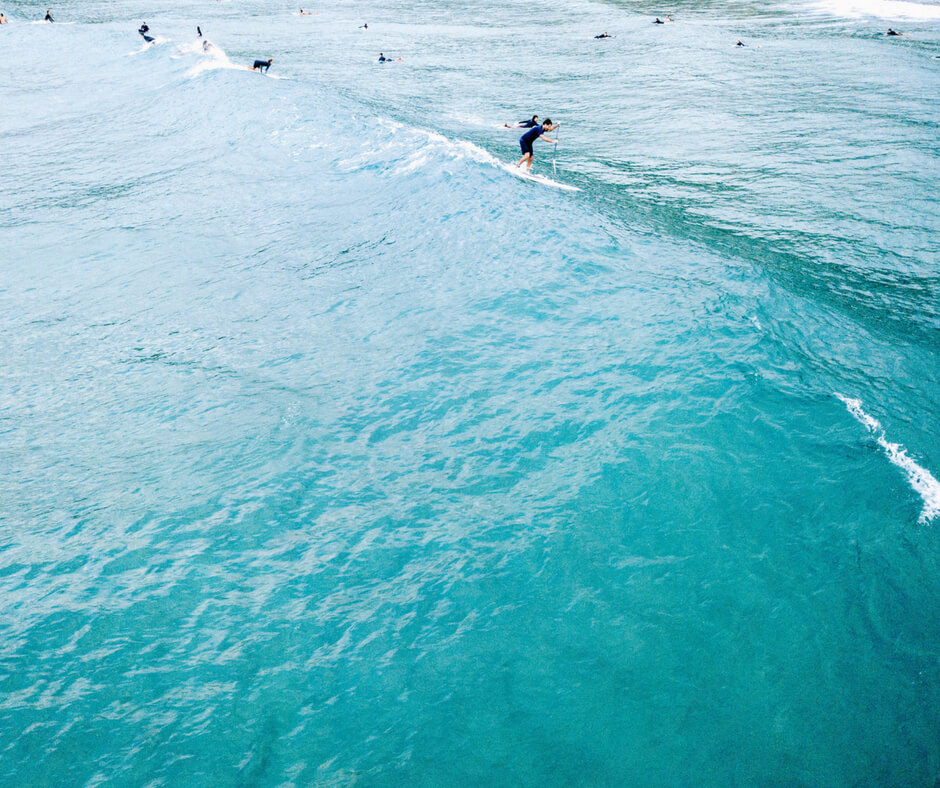During our trip to Iceland, Ben and I became obsessed with the tiny house movement. There are so many people in Iceland who own large properties. They set up a grouping of little homes, rent them out on channels like Airbnb and wait for the money to roll in. After staying in quite a few we really considered getting into this business and also living in one ourselves. The accommodations really seem much larger on the inside than they look like. If you’ve never had the opportunity to stay in a tiny house, I strongly suggest you look into it. This is why when Kacey approached me for a blog post about tiny homes I couldn’t resist. The movement is just too interesting!
You might be asking, what are tiny houses? Well, as the name implies, they are houses measuring a fraction of the size of the usual U.S. home. Tiny homes in the U.S. are an average of 186 square feet versus 2,100 square feet for the average home.
The increasing interest in tiny houses comes from a lot of different rising trends. The interest stems from Millennials burdened with student loan debt (tiny houses cost much less, and the mortgages, if any, are proportionally lower). It also interests the environmentally conscious — people looking to downsize their possessions and leave a smaller footprint on the earth.
Because tiny houses are, well, tiny, and still a minority choice, think carefully about the pro’s and cons of the bandwagon. Here are six things to consider before joining the tiny house movement.

One. Financial Savings Can Be Significant
One huge benefit to a tiny house is that less square feet = less financial expenditure. The average tiny house costs $23,000 versus $272,000. Many people can afford to buy their tiny homes outright. Sixty-eight percent of people in tiny houses have no mortgage compared to 29.3 percent of all U.S. homeowners. Seventy-eight percent of tiny home owners own their own home, compared to 65 percent of the U.S. homeowner population on average.
Two. Are You Comfortable in a Tiny Space?
You should have at least 100 square foot per person for comfortable living in a tiny house. Be sure that your plans include enough space for you, any partner and any pets.
If you have friends who live tiny, ask if you can swap places for a night or two. Another alternative could be renting a vacation cottage or cabin of roughly tiny house size. See if you would feel comfortable living in several hundred square feet long term.
Three. The Two Types of Tiny Houses
As you consider tiny houses, be aware that while building styles vary widely, there are essentially two types: stationery and mobile.
The stationery kind have the same foundations as other houses; they are just smaller.
The mobile type is on wheels, so they can be moved from place to place. Some tiny home owners find this very convenient and ideally suited to their goals in tiny house ownership. They can spend the winter in a warm climate and go north for the summer, for example.
Four. Check Out Building Codes
It is super important that you know the building codes in the area(s) where you plan to live. Some areas are zoned for specific types of dwellings, and building another type would be against the regulations. Some areas are zoned for specific home size or specific lot size. Some areas zoned for houses with foundations, and a house on wheels would not be allowed.
In many areas, tiny house people live in a more rural area where codes may be less stringent than in a populated area.

Six. Consider Alternatives
As intriguing as they are — and as cost- and environmentally conscious as they can be — tiny houses are not for everyone, simply because of the space and potential code challenges.
One alternative might be looking into building a distinctive home from a kit. These are cheaper to build than standard houses, as distinctive as tiny houses, but more comfortable and roomy. Log cabins, for example, are beautiful and relatively simple to put together, still giving you an outdoorsy feel and allow you to be unique compared to the crowd.
Five. Do You Have Outdoor Space?
One of the ways to meet that challenge is to build in a rural or semi-rural community where the house can have an outdoor porch, deck or other outdoor structure that allows you to spread out.
Part of checking out tiny houses as an alternative should be checking out places where they could be built with outdoor amenities. This is different from codes; just research whether there are lots you could buy for a tiny home that would increase you space by making land part of what you’d have. Be sure to factor the price of the lot in with the cost of your tiny house.
Are tiny houses for you? Do you want to live “on trend” so to speak? If so, make sure you take the time to consider both the pro’s and cons above, and also consider alternatives that may provide cost savings and distinctive dwellings without the disadvantages of small size.
Kacey Mya Bradley is a lifestyle blogger for “The Drifter Collective.” Throughout her life, she has found excitement in the world around her. Kacey graduated with a degree in Communications while working for a lifestyle magazine. She has been able to fully embrace herself with the knowledge of nature, the power of exploring other locations, cultures, and styles, while communicating these endeavors through her passion for writing and expression. Her love for the world around her is portrayed through her visually pleasing, culturally embracing and inspiring posts.

The Drifter Collective: An eclectic lifestyle blog that expresses various forms of style through the influence of culture and the world around us.
